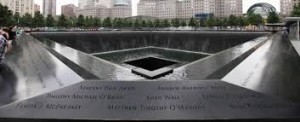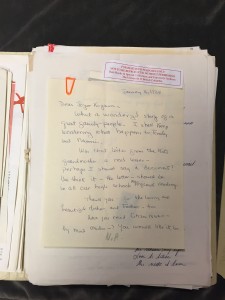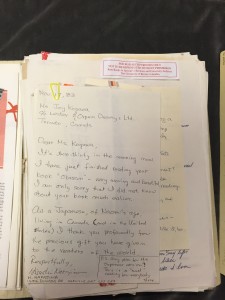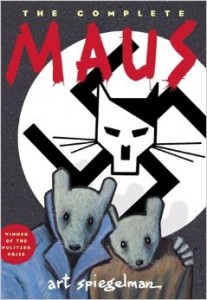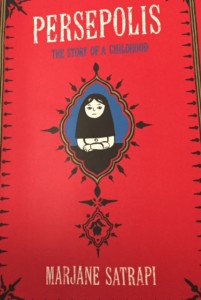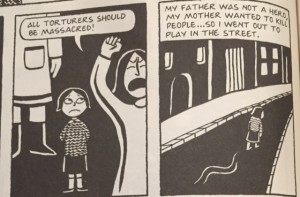Hey Readers!
In ASTU we just read thisconnectionofeveryonewithlungs by Juliana Spahr. It’s a collections of two poems that she wrote after 9/11. The first one focuses on how connected everyone is, and how we all breath the same air and the same space. It was extremely repetitive and slow paced, but but also relaxing and almost meditative. We also read a poem called “The Names” by Billy Collins, which has a similar feeling of slow repetition. After reading these, however, the question was brought up about whether or not we would know these poems were about 9/11 if we weren’t told. We spoke about how in Collins’ poem the images of names inscribed on stone and flesh and up in the air around buildings is what gives it away. We can associate 9/11 with hundreds of names swirling through our minds because of News papers, and the memorial.
This got me thinking about how there is certain imagery that we have just learned to associate with 9/11. For instance, I recently saw a post by Humans of New York (an amazing blog done by a man, Brandon Stanton I believe, who photographs people and tells bits and pieces of their stories.) of a man talking about his experience in 9/11. However, as I was reading the post, it occurred to me that no where in the piece did it actually say what he was talking about. I was just making an assumption based on some of the imagery. This passage specifically made it very clear to me: “A lot of people were out of shape, so we were moving slowly. Occasionally we’d move out of the way to let a fireman run past. People didn’t begin to panic until we reached the ground floor because there was broken glass everywhere and bodies on the ground. That’s the first time we started running. The police actually tried to keep us inside the lobby because bodies were falling outside, but we pushed past them.” The bodies falling to the ground is what made me associate it with 9/11.
It makes me wonder what other specific images trigger the memory of an event that I can’t actual remember.
Thanks for reading and see you next time!
Olivea
